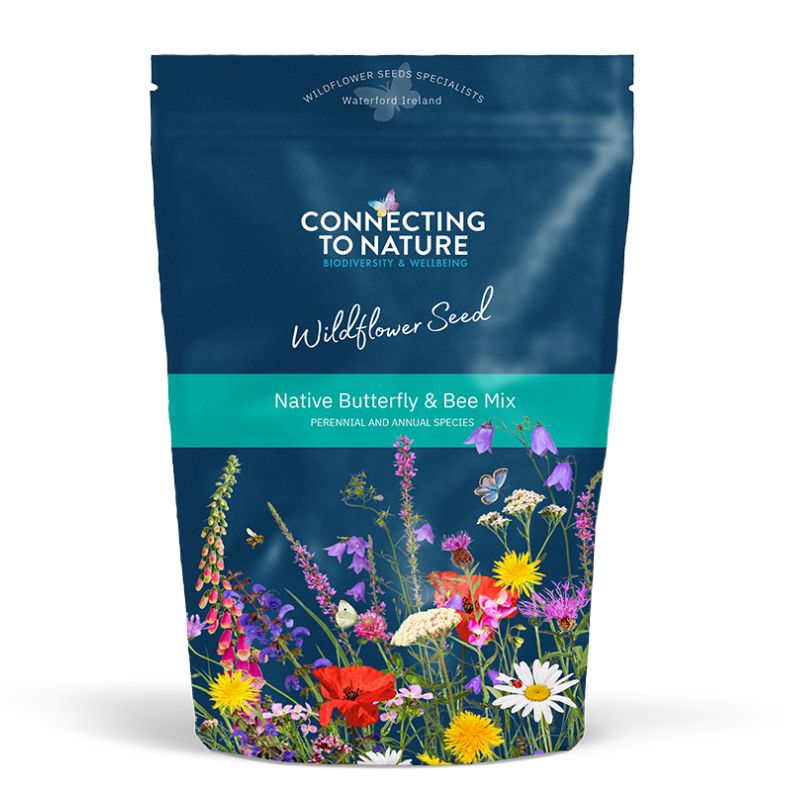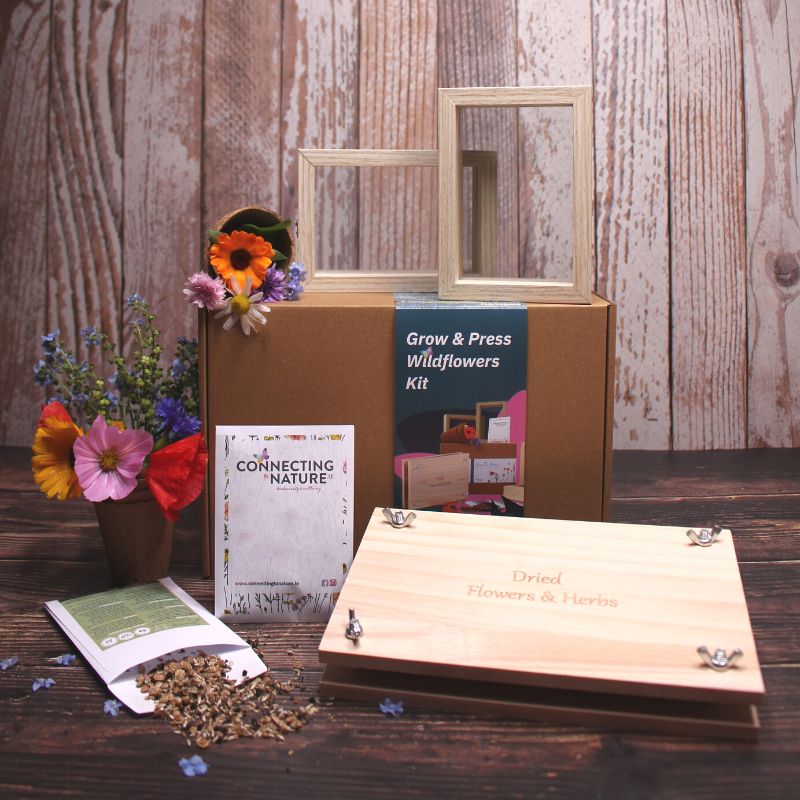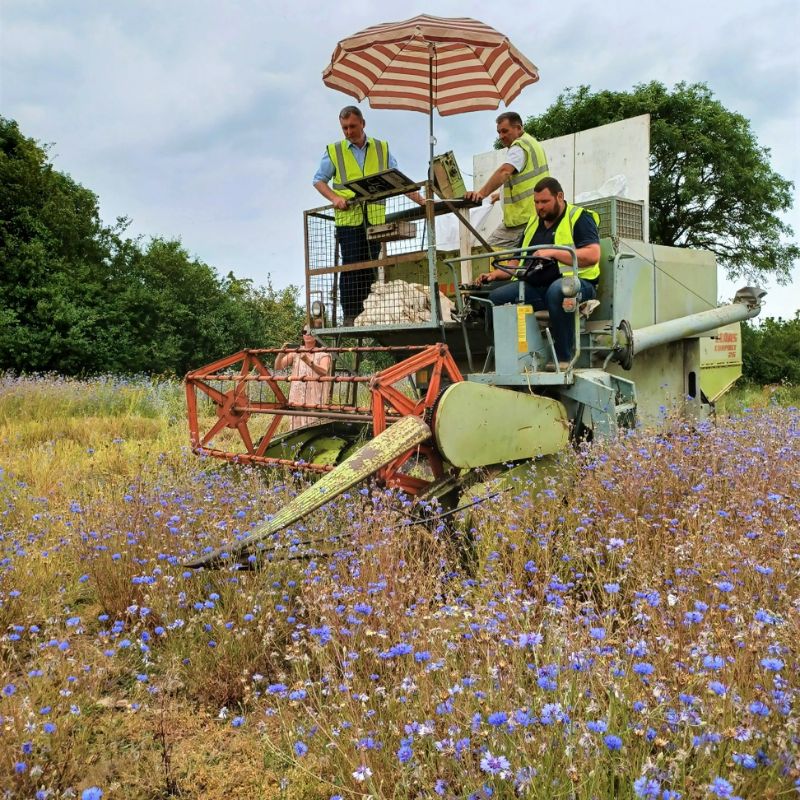Calculating how much seed I need
How much wildflower seed do I need?
On each of our product pages, we give a guide as to how many square meters each packet size will cover. However, you may want to calculate how much seed is needed in total for a specific area.
Here are three simple steps to calculating the amount of seed you will need for your project.
1. Measure your seeding area
The space you wish to sow may be an irregular shape or size, so don't worry about measuring to the nearest cm.
Calculate the square meters of the area you want to plant by measuring the length and width of the area (in meters).
If the area is rectangular, multiply the length x width to find how many square meters.
If the area is a circle, multiply the radius x radius x 3.14 to find the area in square meters.
|
Tip for estimating the size of your seed bed
A single bed = 2m²
How many single beds would fit into your seed bed?
Multiply the number of single beds x 2 = # square meters of your seedbed
or
one wide step = 1 meter
|
Now that you know how many square meters are in the area you plan to sow, the next step if to calculate how much seed you need.
2. Calculate how much seed you need
Now that you know how many square meters the area of your seed bed is, you can calculate how much seed you need.
Multiply the number of square meters by the recommended sowing rate. The recommend sowing rate varies across our product ranges, reference the table below.
For example: If you are seeding an area of 10m² with a native wildflower seed mix, multiply 10(meters)x 2(grams - recommended sowing rate) = 20(grams of seed). You now know you need 20g of seed to cover your 10m² area.
| Native Wildflower Seeds only: 1.5-3g per square meter |
| Pollinator Seeds: 3-5g per square meter |
| Meadow Mixes (Grass seed with wildflower seed): 5g per square meter |
3. How much seed to buy
While we do recommend ordering some extra seed to fill any gaps or areas that you might have missed and for miss measuring, don't be tempted to exceed the recommended sowing rate. A higher than recommended sowing rate may result in more competitive species outcompeting weaker species, while reducing the rate will result in bare ground for weeds to establish.












